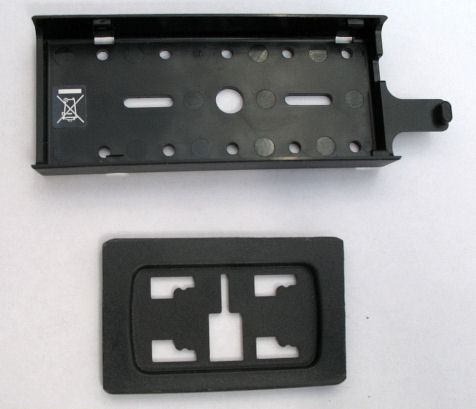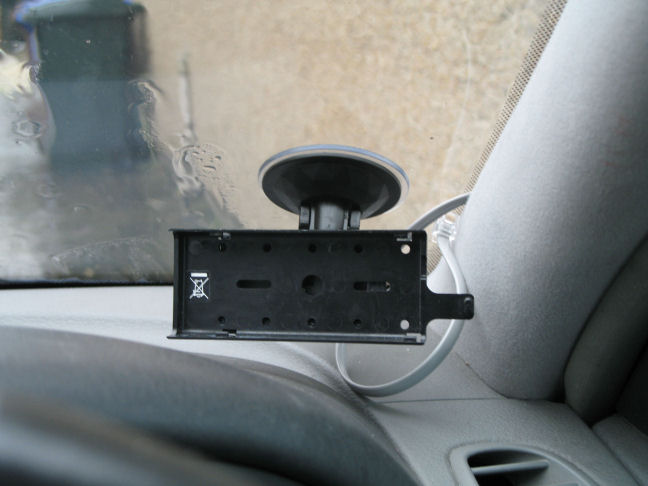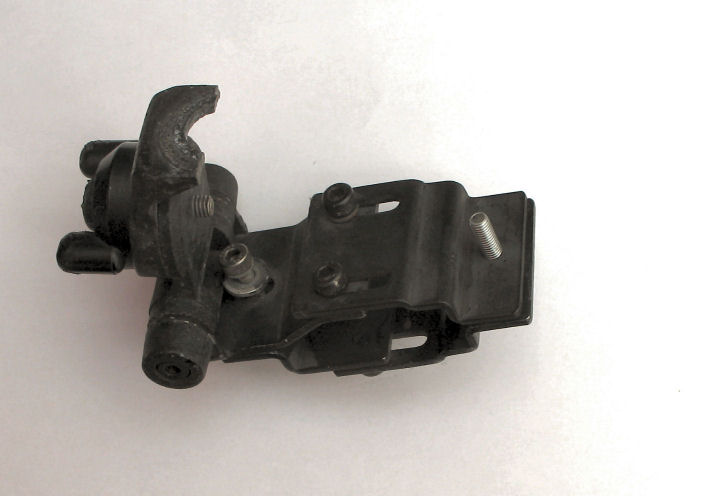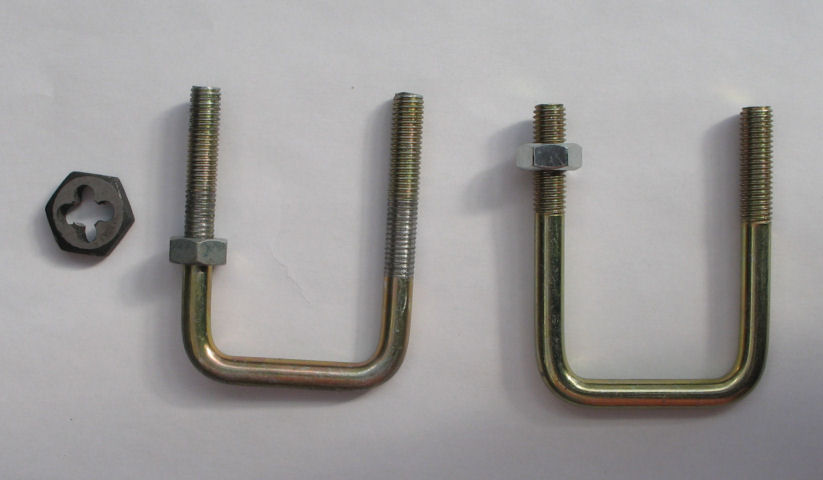|
The
normal FM radio in the car doesn't work particularly on the southern parts of the
M74 in Scotland or the M6 near the Lake District. 2m VHF repeater coverage is Spartan
at the best of times and often non existent early in the morning
on the weekends. A number of the club members of my club the Kilmarnock and Loudoun Amateur Radio Club are into HF mobile and thought this would be an ideal solution to the boring drive and help me get on the air a bit more often. As my HF mobile activities are only occasional I wanted as a set up that could be quickly installed and removed. I decided to use a Yaesu FT857 with a remote head mounted on the corner of the front windscreen fed via a homemade separation cable made from two FCC68 (6 pin) connectors and FCC68 data cable allowing the RF deck to be remotely mounted in the rear of the car. The remote head is mounted to the window using a cheap model phone suction mount intended for a HTC smart phone about £2 from Hong Kong (eBay) and a Yaesu FT857 face holder bought from Yaesu UK as a spare part for about £6. The exact model suction mount model is irrelevant as they all appear to have a standard clip to attach to the balljoint socket and you are going to trim of the excess plastic to match the size of the FT857 mounting plate anyway.
|
 |






